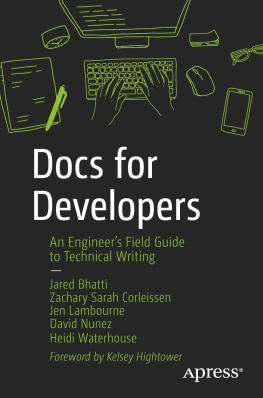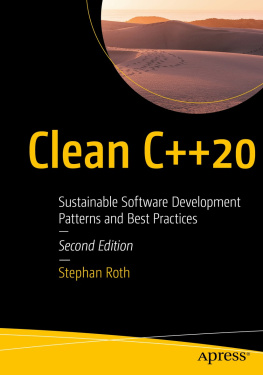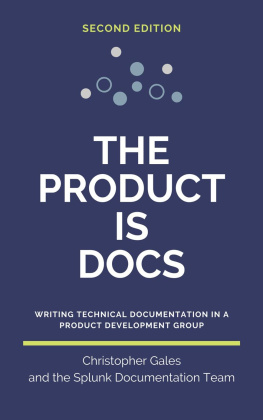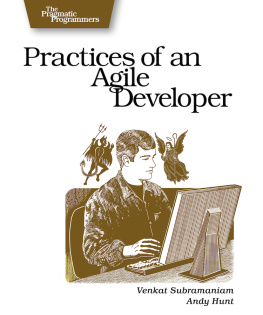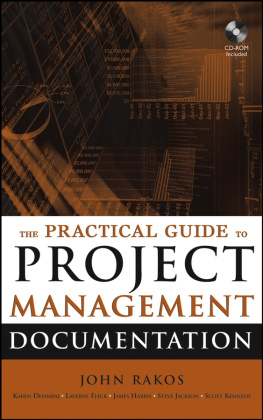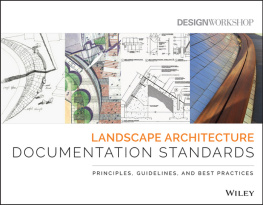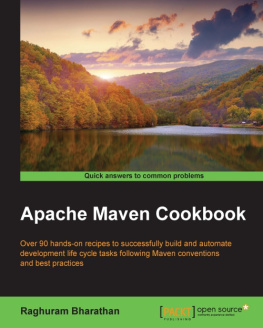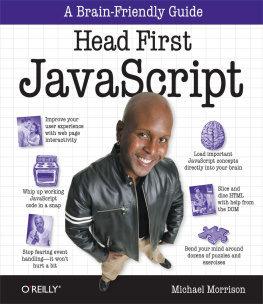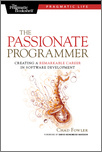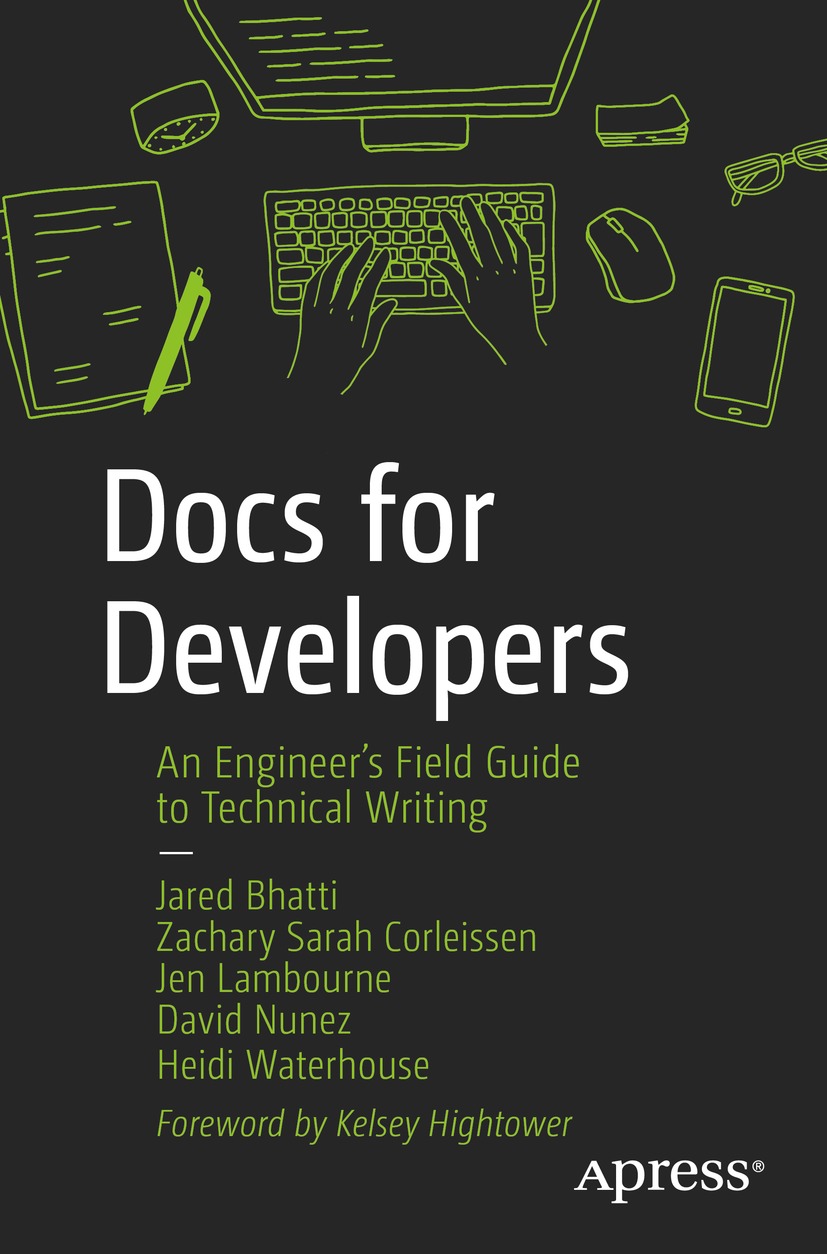Jared Bhatti - Docs for Developers: An Engineer’s Field Guide to Technical Writing
Here you can read online Jared Bhatti - Docs for Developers: An Engineer’s Field Guide to Technical Writing full text of the book (entire story) in english for free. Download pdf and epub, get meaning, cover and reviews about this ebook. year: 2021, publisher: Apress, genre: Home and family. Description of the work, (preface) as well as reviews are available. Best literature library LitArk.com created for fans of good reading and offers a wide selection of genres:
Romance novel
Science fiction
Adventure
Detective
Science
History
Home and family
Prose
Art
Politics
Computer
Non-fiction
Religion
Business
Children
Humor
Choose a favorite category and find really read worthwhile books. Enjoy immersion in the world of imagination, feel the emotions of the characters or learn something new for yourself, make an fascinating discovery.
- Book:Docs for Developers: An Engineer’s Field Guide to Technical Writing
- Author:
- Publisher:Apress
- Genre:
- Year:2021
- Rating:5 / 5
- Favourites:Add to favourites
- Your mark:
Docs for Developers: An Engineer’s Field Guide to Technical Writing: summary, description and annotation
We offer to read an annotation, description, summary or preface (depends on what the author of the book "Docs for Developers: An Engineer’s Field Guide to Technical Writing" wrote himself). If you haven't found the necessary information about the book — write in the comments, we will try to find it.
Learn to integrate programming with good documentation. This book teaches you the craft of documentation for each step in the software development lifecycle, from understanding your users needs to publishing, measuring, and maintaining useful developer documentation.
Well-documented projects save time for both developers on the project and users of the software. Projects without adequate documentation suffer from poor developer productivity, project scalability, user adoption, and accessibility. In short: bad documentation kills projects.
Docs for Developers demystifies the process of creating great developer documentation, following a team of software developers as they work to launch a new product. At each step along the way, you learn through examples, templates, and principles how to create, measure, and maintain documentationtools you can adapt to the needs of your own organization.
What Youll Learn
- Create friction logs and perform user research to understand your users frustrations
- Research, draft, and write different kinds of documentation, including READMEs, API documentation, tutorials, conceptual content, and release notes
- Publish and maintain documentation alongside regular code releases
- Measure the success of the content you create through analytics and user feedback
- Organize larger sets of documentation to help users find the right information at the right time
Who This Book Is For
Ideal for software developers who need to create documentation alongside code, or for technical writers, developer advocates, product managers, and other technical roles that create and contribute to documentation for their products and services.
Jared Bhatti: author's other books
Who wrote Docs for Developers: An Engineer’s Field Guide to Technical Writing? Find out the surname, the name of the author of the book and a list of all author's works by series.

